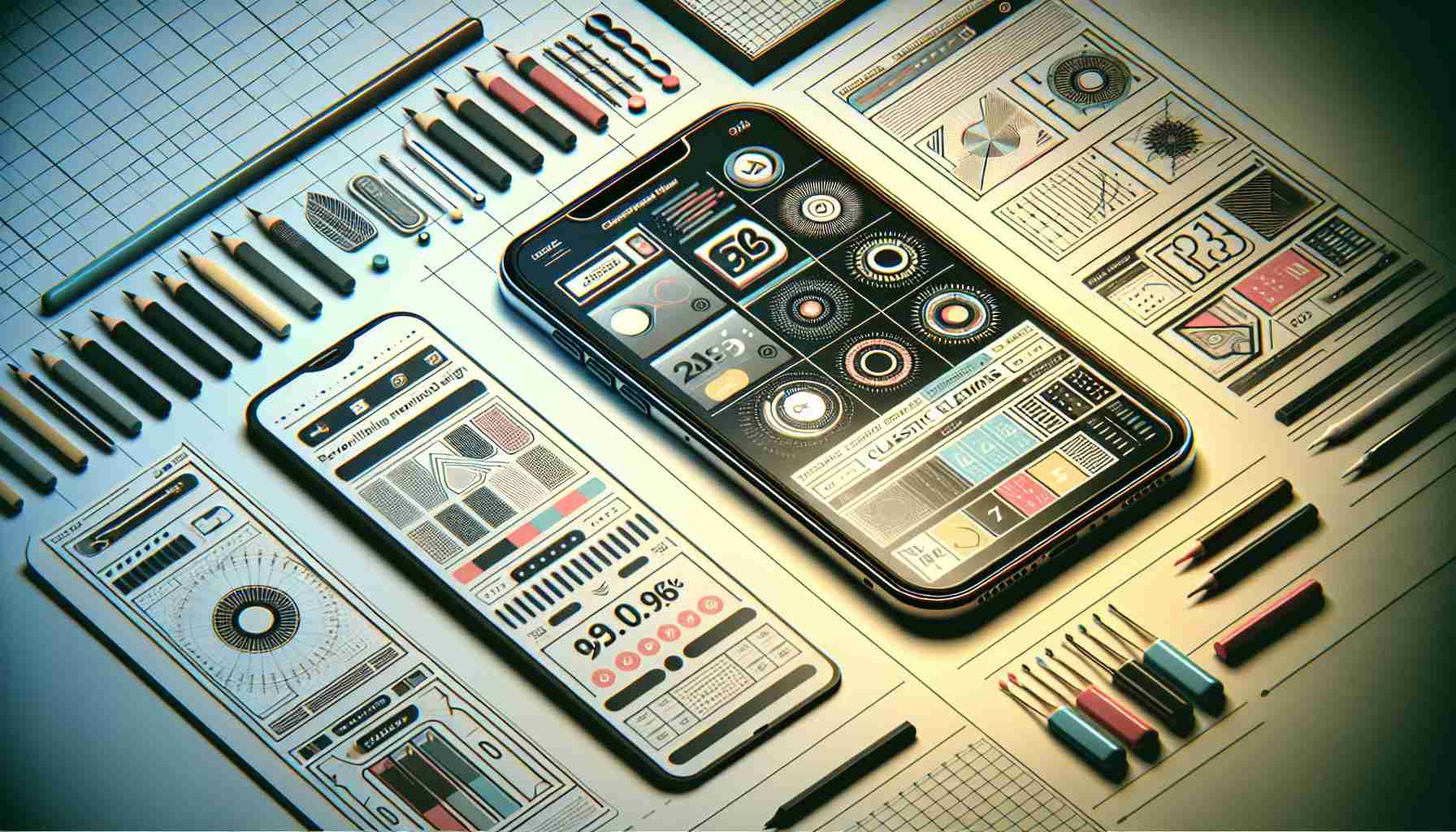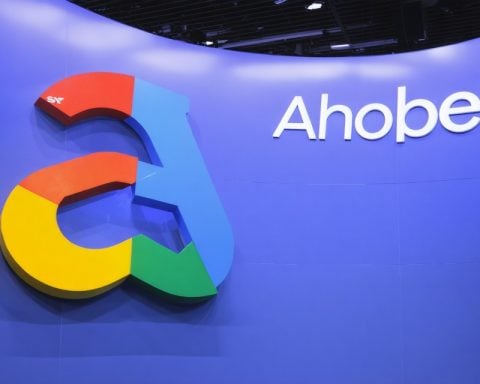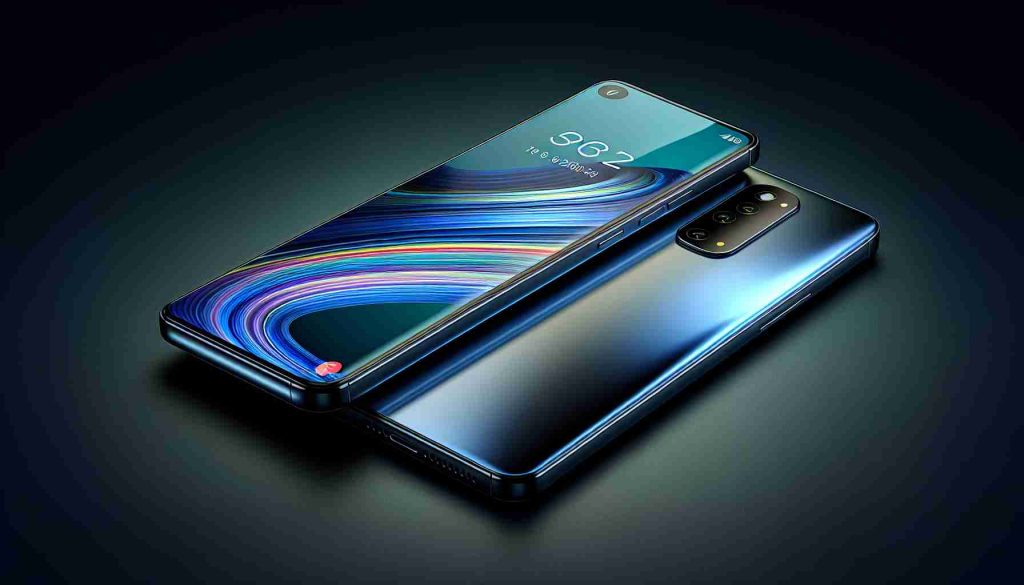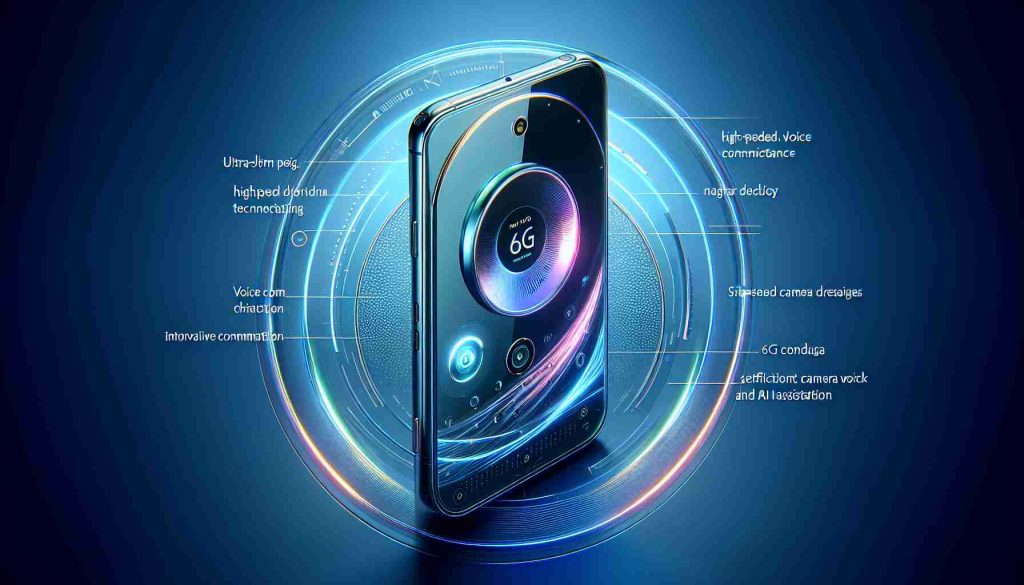A New Wave of Design
In the fast-paced world of mobile technology, innovation is key. While major manufacturers often tout the advanced technology and powerful features of their devices, the overall design of smartphones can sometimes lack a fresh appeal for consumers. To break this cycle, some companies have begun experimenting with novel designs like tri-fold screens, representing a breakthrough in the industry. Additionally, there is a trend among certain manufacturers to revisit past design concepts, aiming to spark new inspiration by refurbishing old elements.
Embracing the Classic
Contrary to the previous focus on larger screens, a resurgence of interest in small-screen and flat-screen smartphones is on the horizon. Anticipated releases of flagship and mid-range models in late 2024 to early 2025 signal a shift towards classic small-screen and flat-screen designs, reminiscent of styles from five to six years ago. This return to classic design aesthetics seems to cater to the varied demands of consumers, breathing new life into the market.
The Rise of Compact Screens
Several years ago, the trend shifted towards larger screens with the discontinuation of smaller models like the iPhone mini. However, recent sales data challenges the notion of a dying small-screen era. Devices like Xiaomi 13 and Xiaomi 14’s success with compact screens demonstrate the market’s substantial potential for smaller form factors. Both international and domestic manufacturers are reevaluating their strategies, with upcoming models opting for smaller screens akin to the classic designs.
The Evolution to Flat Screens
Similar to the revival of small-screen phones, flat-screen models in the mid-range to high-end segment are moving from the periphery to the mainstream. While curved displays gained popularity over the years, traditional flat-screen designs persist with products like the Redmi K series and iQOO digital series enjoying good sales figures. The upcoming vivo X200, OPPO Find X8, and other models signify a shift towards flat-screen designs in the market.
Rethinking Design Choices
The renewed focus on flat-screen designs by manufacturers is not coincidental. Flat screens offer various advantages over curved displays, including lower production costs, easier device design, and reduced chances of accidental touches. And while there may be slight trade-offs like bulkier frames, the ability to use screen protectors effectively diminishes concerns about durability, a feature that resonates with consumers. With advancements in screen-to-body ratios, flat-screen designs have experienced significant improvements, paving the way for a potential shift away from curved displays in the future.
A Changing Landscape
In a rapidly evolving industry, the return to classic design elements and the mainstream adoption of flat-screen smartphones represent a response to evolving consumer preferences and technological advancements. This shift signifies a departure from mere repetition towards adapting to market demands and technological progress. As consumer needs diversify and technology continues to advance, the mobile industry is set to embrace more diverse trends in the coming years.
New Elements Revolutionizing Mobile Design Trends
As the mobile industry continues to evolve, there are new developments reshaping the landscape of smartphone design. One crucial aspect gaining prominence is the integration of classic elements into modern devices, offering a blend of nostalgia and innovation. Let’s delve deeper into some of the lesser-known facts and questions surrounding this shift towards classic design elements.
What Key Advantages Do Classic Elements Bring to Mobile Design?
Classic design elements provide a sense of familiarity and timelessness to smartphones, appealing to consumers looking for a touch of traditional aesthetics in their devices. This shift also opens up new opportunities for customization and personalization, as manufacturers can incorporate retro-inspired features while maintaining cutting-edge technology.
What Are the Main Challenges Associated with Revitalizing Classic Design?
One of the primary challenges in revolutionizing mobile design with classic elements lies in striking the right balance between nostalgia and innovation. Manufacturers need to ensure that the incorporation of classic elements does not compromise the functionality or user experience of the device. Additionally, meeting the demands of a diverse consumer base with varying preferences adds complexity to the design process.
Advantages of Embracing Classic Elements:
– Enhanced aesthetics that evoke a sense of nostalgia
– Increased opportunities for customization and personal expression
– Appeal to consumers seeking traditional design elements in modern devices
Disadvantages of Integrating Classic Elements:
– Potential limitations in terms of modern features and functionalities
– Balancing retro design with contemporary technology can be challenging
– Meeting the diverse preferences of consumers may require extensive market research and testing
In navigating the transition towards classic design elements, manufacturers must address these challenges while leveraging the unique advantages that such elements bring to mobile design. By finding the right equilibrium between past inspirations and future innovations, the mobile industry can cater to a wider range of consumer tastes and preferences.
For further insights into the evolving landscape of mobile design and the impact of classic elements, visit the main domain of a reputable technology website: TechRadar. This platform offers in-depth analyses and industry updates on mobile technologies and design trends, providing valuable perspectives on the intersection of tradition and innovation in the mobile industry.























